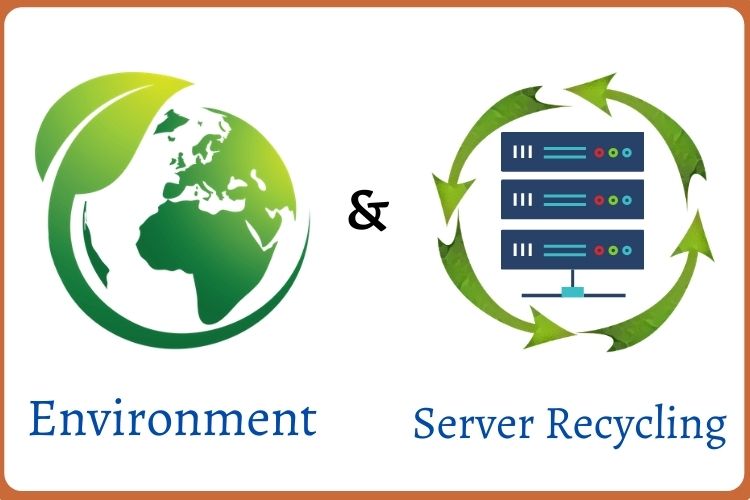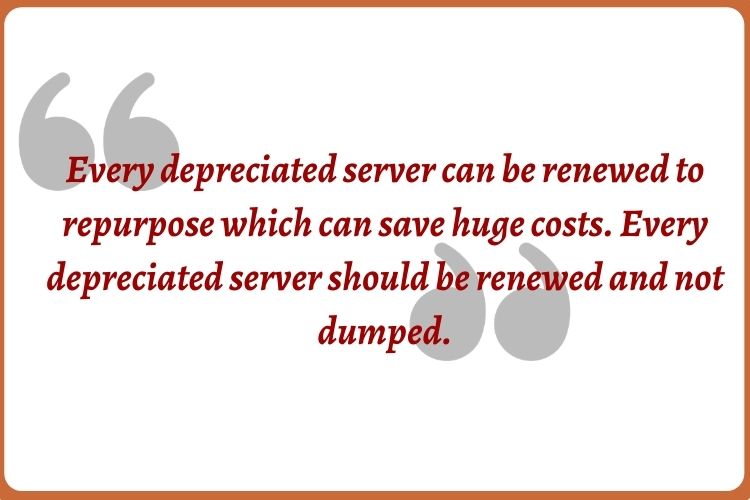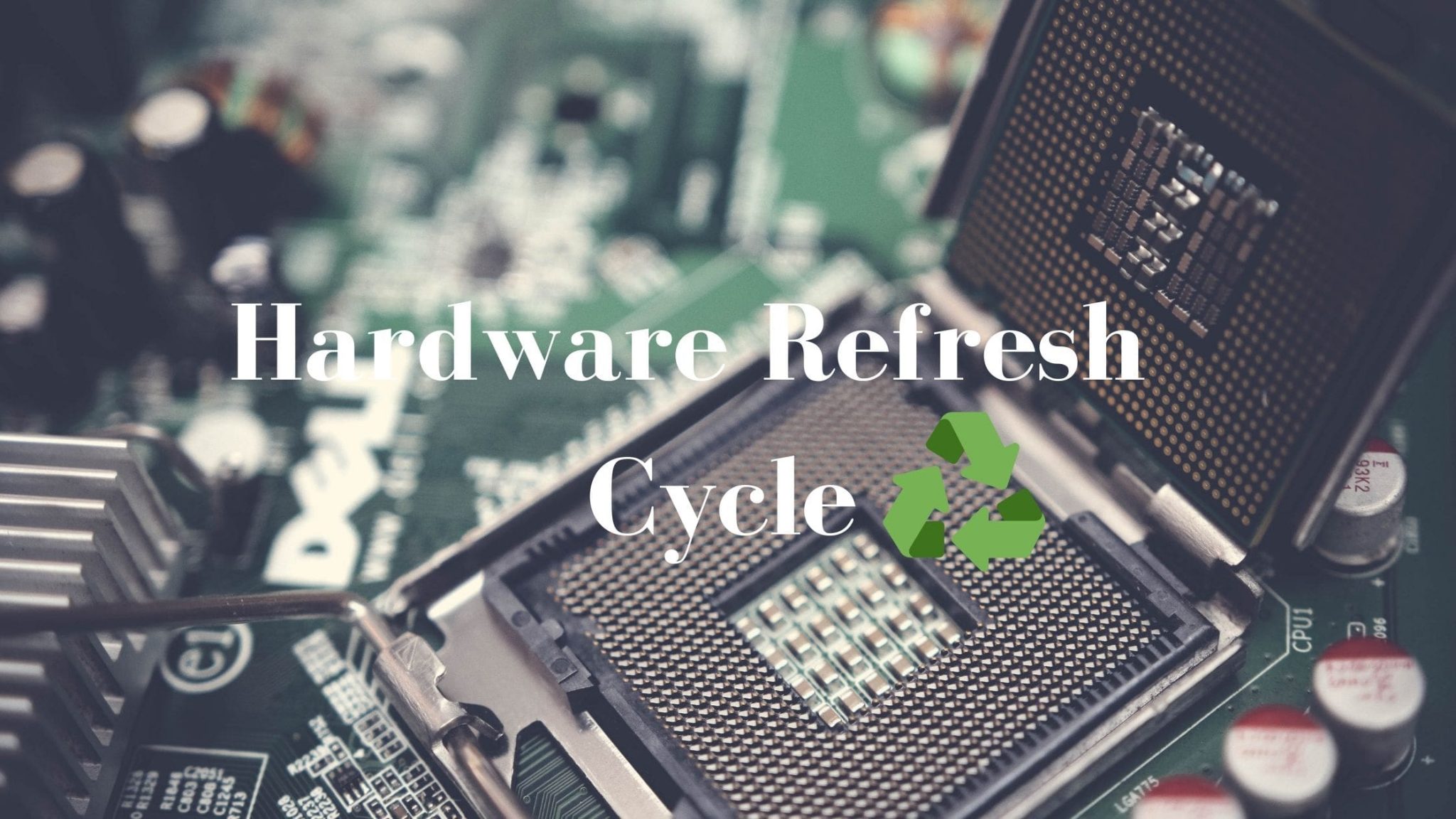Table of Contents
Introduction
Today’s generation is pacing towards a healthy technological transition. Organizations are looking for more efficient and balanced asset structure, where they can make the most of their existing assets and upgrade to more of technological hardware and software.
Transition to more technological hardware and software-centric ecosystem has been termed to be of the best hardware refresh strategy today to increase business agility. Optimization of the hardware refresh and restoration cycle has had a major positive impact on process automation systems. Effective hardware refresh cycle results in more efficient business spending, risk mitigation, and operational efficiency.
Data security
A server hardware refresh to modern servers will yield you the maximum enhancements in data security. Modern servers come with enhanced server design, management skills, and capabilities for security that can be supported with automation processes easily.
Modern Servers have resulted in producing intensive results in deploying apps and programs faster due to increased system reliability and performance compliance. Also, less time on app updates, and reduction in outages and downtime have made the modern servers significant to ramp up business gains. Services can be performed much faster with more reliability of data security. Improved management features also support better performance that ultimately makes the security part more enhanced.
End-user security has also enhanced brilliantly with the help of modern servers. It was also seen that modern servers have played an integral role in developing a robust data center security system that creates an additional layer of security shield.
Modernized organizations are turning more towards computing hardware and software to make their operations more efficient and economical. Modern servers are looked to be as a new eye for higher data center security, productivity, employee potential maximization, and improvised innovation.

Today’s business issues
These are more of traditional business issues, which support more open control and the security systems that are managed through off-the-shelf hardware. Though these issues can be solved through a modernized hardware refresh cycle.
- Common platforms through modern servers can be provided to support ongoing processes.
- Modern servers will enhance the performance and reliability by upgrading operator stations to their latest versions.
- Prevent spreading your computer hardware payments over a multi-year agreement and instead apply lock-in pricing.
- Modern servers can help you to expand your site support capabilities by a sole contract that is easier to manage.
Value of hardware refresh
With a well-designed Hardware refresh solution, organizations can reap a bulk load of operational and cost benefits. Also, a hardware refresh can yield your organization multiple benefits like –
- Reduced Capital budgets.
- Predictable costs for a technological refresh every year.
- Updated hardware with enhanced functionalities and capabilities.
- Reduced risks of downtimes and incidents.
- Upgrades can be plan well before.
- Hardware standardization will reduce complexity.
How server recycling works?
Server recycling should be carried out completely considering that hardware that can store data is completely destroyed. As recovered drives during recycling if not destroyed, can leak some of the important data into unwanted hands.
There could be three major components to recycle your old servers –
- Remove the unwanted waste and collect the precious one.
- Various components of the server are torn apart and segregated.
- Destroying the data and shredding of the unwanted hard drives.

The environment and server recycling
Well, the dumping of servers is not likely to be an environment friendly option. Dumping servers can lead to excessive e-waste and environmental hazards. But servers are needed in this era! Here is where server recycling comes into major significance.
Server recycling prevents e-waste and also preserves the environment. Though you know what is better than recycling? Reuse!
You can renew or refresh your server to new-like by just involving minor expenses. By this, you would do a lot of good to the environment.
Repurpose or Reuse instead of Recycling
Reusing or repurposing your old servers to new-like will increase the asset life of your company at much lower costs and in a much favorable way to the environment. But before putting your old servers to repurpose, ask yourself certain important questions –
- Can you refresh your old servers and use them as a backup to your new servers?
- Can you store data in your old servers?
Though sometimes, it is better to go for new servers when there are more energy intensive processes and consistent workloads to be handled regularly. Here new servers would save you time and be more performance efficient.
Server recycling and Data destruction
The old servers which are depreciated and are ready for recycling might have some of the other confidential information stored in their hard disks. This data if gone into the wrong hands can result into a massive data leak and ultimately massive problems.
Servers if recycled or destroyed should be made sure that they are completely recycled or destroyed including the storage in the hard disks.
Hard disks can be even recycled or destroyed separately. Always make sure that the hard disks and other components of the server that can carry data should be erased completely.

Server recycling: The end of the line
Well, it is of no doubt how server recycling and refreshing could do so good to the organizations and the environment as a whole. Every depreciated server can be renewed to repurpose which can save huge costs. Every depreciated server should be renewed and not dumped.
So now you know how important it is to recycle server, there are a couple of things you should keep in mind while recycling your servers –
- Data security.
- Check whether the server downstream service is verified.
Conclusion
Evolving your server hardware refresh policy can do wonders for your business capital and operating expenses. Hardware refresh does not just helps to save organizational expenses, but also reduces e-wastage and promotes asset efficiency.
Though when you recycle server hardware, it is important to take care of the data storage and hardware downstream process. The hardware downstream processes should be made environment-friendly and in a verified way.
We here at Serverstack are of utmost compliant to carry out your server hardware refresh programs with the highest of authority and efficiency. Contact us today to drive the best returns for your business through our hardware refresh programs.
Frequently Asked Questions
Q1. What to do with Old Servers?
You can do multiple things with your old servers –
- You can make it as a Mail Server.
- Develop a Dedicated Monitoring Server.
- Run it as a Database Server.
- Convert it into a Test or Patching Server.
- Can deploy your own VPN or firewall solution.
- Virtualize it or make it as a web server.
- Can also use it as a Print server.
Q2. What does an outdated server mean?
Outdated server means when your server is not in the same version as your server client. You will have to switch to the same version, the server is working on.
Q3. How recycling servers can help you save more than $3000?
Recycling old servers means you won’t have to spend an extra 4000$-5000$ on a new server. By just spending 300$-500$ you can easily recycle your old server for new use. This can save you thousands!
Q4. How to decide if the server is ready for recycling?
When your server gets outdated or looses out on performance and speed, it’s time you refresh your server for new use.
Q5. Is hardware refresh same as purchasing refurb server?
Well, if we talk in terms of performance then “Yes”, but when we talk in cost bearing, hardware refresh is cheaper and more effective than purchasing a refurb server.







